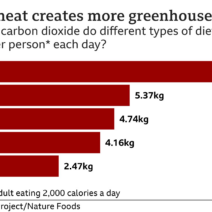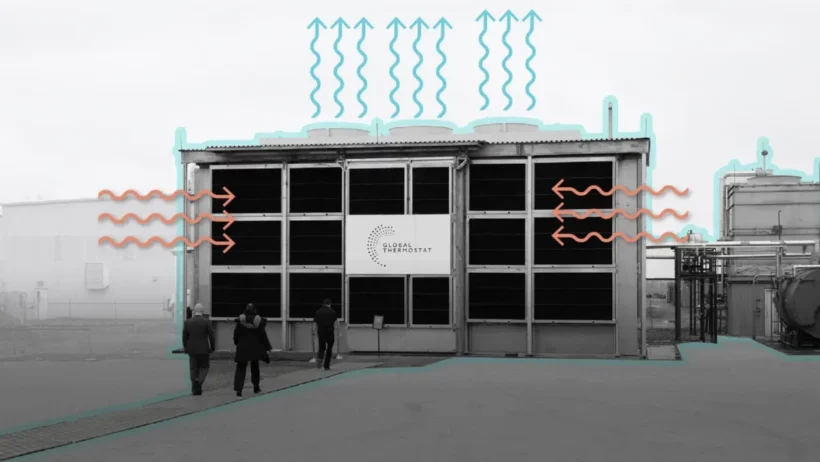Carbon capture technologies represent a pivotal advancement in our collective battle against global warming. As the planet continues to experience the dire repercussions of climate change, understanding and implementing innovative solutions has become paramount. This discussion delves into the intricacies of carbon capture, its various methodologies, and its potential to mitigate the deleterious effects of greenhouse gas emissions.
At its core, carbon capture involves the extraction of carbon dioxide (CO2) from the atmosphere or from industrial processes. The central objective is to curtail the volume of CO2 emissions that contribute to the greenhouse effect, which is instrumental in rising global temperatures. As mankind grapples with the complexities of climate change, carbon capture offers a beacon of hope for achieving substantial reductions in carbon footprints.
There are three primary types of carbon capture technologies: pre-combustion capture, post-combustion capture, and oxy-fuel combustion. Each of these methodologies holds unique advantages and can be integrated into various industrial processes.
Pre-combustion capture occurs before fossil fuels are burned. In this approach, fossil fuels are transformed into a mixture of hydrogen and carbon dioxide through a process known as gasification. The hydrogen can then be utilized as a clean fuel source, while the CO2 is separated and stored for eventual sequestration. This method is particularly attractive for industries such as power generation, where it can significantly reduce carbon emissions at the point of combustion.
Post-combustion capture is perhaps the most widely discussed and researched technology. It involves the extraction of CO2 after the fossil fuel has been burned. This can be implemented in existing power plants without major modifications to their infrastructure, making it a feasible option for many facilities. The process typically employs absorbent materials that selectively capture CO2 from the flue gas, leaving behind cleaner air. Advances in sorbents and solvents are continually emerging, enhancing the efficiency and cost-effectiveness of this technique.
Oxy-fuel combustion is another innovative method that utilizes pure oxygen instead of air during the combustion process. This alteration results in a flue gas that is primarily composed of CO2 and water vapor, significantly simplifying the separation process. The captured CO2 can then be compressed and transported for storage. This method holds promise for industries looking to minimize emissions without overhauling existing plant designs.
Beyond these primary methodologies, carbon capture technologies can be coupled with geological sequestration. Sequestration involves injecting the captured CO2 into geological formations deep underground, effectively isolating it from the atmosphere. Locations such as depleted oil fields and saline aquifers are often considered safe storage options. The integrity of these storage sites is rigorously monitored to prevent leaks, ensuring that the potential for environmental harm is minimized.
The implications of carbon capture extend beyond mere emissions reductions. The successful implementation of these technologies could catalyze job creation in sectors focused on energy transition and environmental remediation. Research, engineering, and construction in carbon capture projects can energize local economies, providing employment opportunities while addressing a global crisis.
Moreover, carbon capture can contribute to the burgeoning field of carbon utilization. After the CO2 has been captured, it can be repurposed for various applications, effectively creating a circular economy. Industries can use captured CO2 to produce synthetic fuels, chemicals, and even construction materials. This not only aids in minimizing waste but also opens avenues for sustainable innovation.
Despite the promising outlook, challenges remain. The high costs associated with carbon capture technologies can be prohibitive, often deterring widespread adoption. However, ongoing research and development, combined with supportive policies and incentives, are essential to make these technologies economically viable. Collaboration among governmental entities, private industry, and research institutions will play a crucial role in driving advancements.
Furthermore, it is imperative to acknowledge that carbon capture is not a panacea for climate change. It should complement, not replace, efforts to transition to renewable energy sources. While carbon capture can help mitigate emissions from fossil fuel reliance, the ultimate goal must remain on reducing our dependency on such fuels in the first place. This multifaceted approach will ensure that we are addressing the root causes of climate change while concurrently implementing measures to alleviate its impact.
In conclusion, carbon capture technologies represent a foundational element in the strategy to combat global warming. By understanding the diverse methodologies that underpin these technologies, we can better appreciate their potential to reshape our industrial landscape and drive down carbon emissions. The path forward involves a commitment from all sectors of society to innovate, invest, and collaborate on solutions that promote sustainability. As the global community navigates the complexities of climate change, carbon capture stands out as a vital tool in our collective arsenal.








